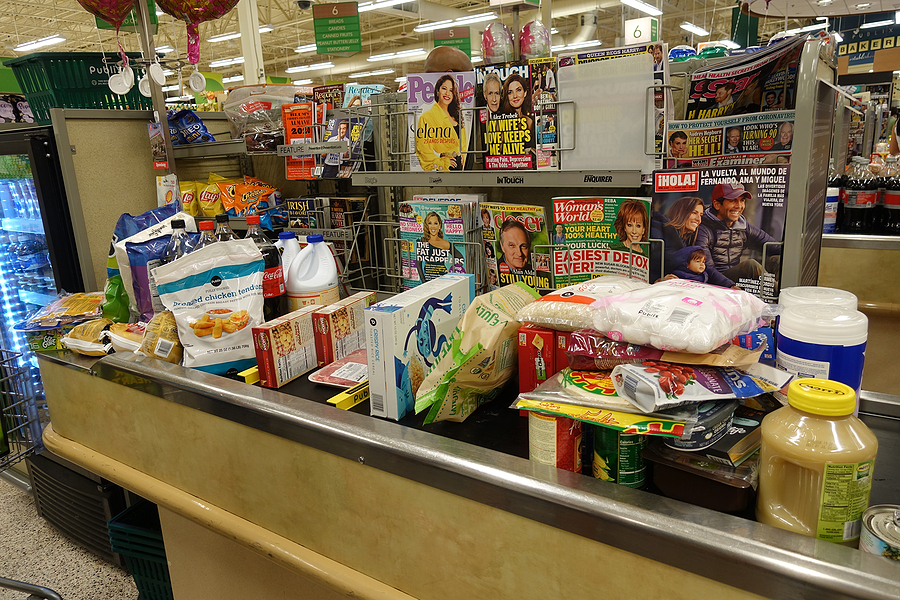Russia’s invasion of Ukraine comes at a time when the food supply chain is still recovering from the impact of COVID-19. Globally, the crisis is already hitting markets for two of the world’s major food staples – wheat and corn. Together, Ukraine and Russia make up more than one-quarter of the global wheat trade and roughly one-fifth of the corn trade. Russia is also a major exporter of oil and gas as well as fertilizer, while Ukraine is the world’s largest exporter of sunflower seed oil.
Disruptions from port and railway closures are already impacting global supply chains, and markets in Europe, Africa, and the Middle East will likely see the worst effects. But, the U.S. will not be immune.
Here is what some experts are saying about how the invasion could impact the U.S. food industry:
- Matthew MacLachlan, USDA’s Economic Research Service: “This introduces a lot of uncertainty about what the prices are going to look like for the next few months.” (FoodNavigator-USA)
- Andrew Harig, Food Marketing Institute: “It is going to drive inflation up. We just don’t have a total understanding of how that process plays out.” (Time)
- Katie Denis, Consumer Brands Association: “We’re already seeing energy prices rise and commodities futures for wheat and corn spike. That’s going to prompt concern when costs to make and ship goods continue to set records and consumer demand continues to be above levels not seen since March 2020. There is no slack in the system, making weathering disruption significantly more difficult.” (The Washington Post)
- Robb MacKie, American Bakers Association: “In a situation where the whole supply chain is already stressed, if [the conflict] goes on more than a couple weeks, you will start to see an impact in food prices.” (The Washington Post)


